Life of PiOur third class started with a review of the lab results from “Finding Pi.” One team calculated a value for pi that was within 0.2% of the actual value and another team was within 0.5%. A typical error would have been 3.0%, so they did some really awesome measurement! As we compared everyone’s findings we noted differences in the data even when the same object was being studied. This led us into a good discussion of “sources of error” that creep into any project: variations in the object (e.g. hula hoops are rarely round!), precision of measuring tools (we used fabric tape rulers and meter sticks), and accuracy of our observations (not measuring several points, not using the full 0.05 cm resolution of the rulers). We wrapped this lab up with a basic outline for an engineering report:
On TargetThe class then tackled another vital engineering tool. Engineers use statistical analysis to tell if a process is performing the way it should. Each student was given a list of 30 values to plot on an x-t chart and then we studied them to see what the charts were telling us about performance. Some plots were tight and centered about the target line, some were tight but consistently off target, and others bounced around widely. We were able to discuss the difference between “precision” and “accuracy,” critical for making decisions. We used an example of five arrows shot into a target. Precision means that all of the arrows hit in the same area. Accuracy means that the arrows were evenly spread around the center of the target. The goal is to be both precise and accurate – put all of the arrows together in the middle of the target – and each is accomplished using different techniques. Homework for Next SessionBefore we meet again, I would like the students to re-draw their control charts neatly. They should be drawn in landscape mode in their journals and should be labelled so that the data points are spread vertically on the page (i.e., not in a single tight space down the center of the chart!). The “Target” line should be at a value of 100 and the y-axis should have a scale of four squares for every 10 points. For example, four squares above the 100 line would be the 110 line, four squares up from there would be 120, etc. Draw dashed lines across the chart, one at 80 labeled “LSL” (lower spec limit) and one at 120 labeled “USL” (upper spec limit”). Then plot each value across the chart and connect the data points with straight lines. The final step is to look at the data points and highlight (or circle) any points where:
I’m looking forward to our next session! Brainstorming Thesis Statements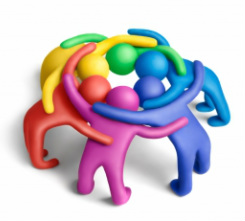 Students worked in small groups this week to share and discuss the three thesis statements they prepared as homework. I was pleased that we had a broad range of topics that were of personal interest to the students. Using a simple checklist, students took turns in their groups discussing each thesis statement and deciding if it met the four basic criteria (clearly states your opinion, is reasonable, is debatable, can be proven with evidence and example). They also defined their audience for each topic, and worked together to identify counter-arguments and several types of testimony they could use to support each argument. At the conclusion of our small group work, I asked students to choose the thesis statement they felt was the strongest of their three to develop into a rough draft for next weeks class.
Homework For homework this week students should prepare a rough draft of a persuasive essay for the thesis statement they chose in class. These do not need to be final, polished pieces of writing but should include a solid start at the following: 1. An introduction including
Finally - do not get hung up on the mechanics right now (grammar, spelling, paragraph structure). I want your unique voice and your interest in the topic to come through in this draft. Focus on being clear, logical, and persuasive, but don't stress! I'm looking forward to hearing all of your ideas in class next week! with Kim Rodgers The Rest of the StoryWe began class by working on our maps of the Mesopotamian region, labeling the bodies of water and the two areas of Assyria and Babylonia. Following up on what we started at the end of class last week, we re-read Gilgamesh the King. Working in their groups, they wrote an ending to the story before I read the actual ending. We left Gilgamesh and Enkidu on the top of the city wall about to engage in battle with each other to show who was most powerful. Both groups drew pictures and wrote out their endings. Interestingly, both groups concluded their stories with the two adversaries becoming friends, which actually happens in the story, as well. Gilgamesh realizes that part of being human is to love.
Next week we will discuss how the ancient Mesopotamians made their own cloth by weaving and will try our hand at it, too! with Michelle Cameron Critique of StoriesI’m thrilled that so many of these young writers are choosing to focus on one story, refining and improving it as they move forward. Among the topics we discussed this week (you’ll find some repeat from week to week as I focus on common issues):
Beginning, Middle and End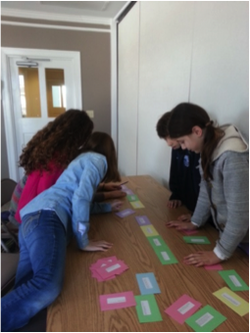 Today we discussed that a story needs – and they all knew this – a beginning, middle and an end. Some of the kids had already met up with the “roller coaster” model of storytelling, and I added the following details to that model:
with Leigh Ann Yoder Tower of (Pasta!) PowerThe Young Inventors did a wonderful job on their homework this week. Keep up the good work! After reviewing homework, we talked about the Design Process: Identify the Problem --> Brainstorm --> Design --> Build --> Test and Evaluate --> Redesign --> Share Solution. We spent time discussing each of the steps and their importance to overall success. We will review this process every week as the students apply it to a variety of challenges. The students then got to apply the process to their first Mini-Challenge. Mini-Challenges are quick and designed for the students to have an opportunity to figure a few things out before the main challenge. I don't expect all teams to succeed in the Mini-Challenges, but rather learn from their mistakes. Today's challenge was called "Tower of Pasta." Each team of two to three students was given 40 pieces of spaghetti, 15 pieces of elbow macaroni, 25 mini-marshmallows, 10 toothpicks, 4 straws and 5 adhesive mailing labels. Their challenge was to build a structure that was a minimum of 8 inches high and would hold a container. They also received bonus point for each 16 penny nail their structure could hold. In addition, each team was given a score for teamwork. Because this was their first Mini-Challenge, I extended the time constraint from 10 minutes to 18 minutes.
Next week we will continue our unit as we explore skyscrapers. The homework is slightly more this week, so please plan accordingly. Homework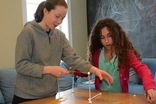 PLEASE BRING IN toilet paper and paper towel tubes - I will be collecting these over the next few weeks for one of our challenges. The Skyscraper Challenge Loads Lab Engineer of the Week: Read Interviews with Civil and Stuctural Engineers: http://www.pbs.org/wgbh/buildingbig/profile/interview/knack.html http://www.pbs.org/wgbh/buildingbig/profile/interview/nishi.html Semester Project: Write one paragraph describing what your engineer does. This should be typed and handed in. Make certain you keep copies of your work because eventually this will be incorporated into your presentation. Story of Inventions (Optional): Read chapters 5 & 6 with Rich Piscopo February 10In class today, the review of our last class (1/13/14) sparked such lively dialogue that we never got to our planned lesson! During our review of social compulsion and conformity, the issue of friendship arose. What are the criteria for friendship? With the popularity of social media, has the definition of a friend changed? Can one really have 50 million "friends," as I just learned today that Justin Bieber has on Facebook? The occurrence of "playing roles" in order to comply with social conformity came up for discussion. A student said, "When I first meet someone, I have this fake persona." Then in response to her, another said, "With every friend I have, I act differently." This very self-aware and honest exchange led one student to ask, "Who are we, then?" I suggested that a person is rather like a precious gem that has many facets. We may show a different facet to each different friend, but our core values and belief system remains the same. The gem itself does not change. Our integrity remains intact. The first student then said, "A true friend is someone who accepts all of our facets." With these words, we came up with a pretty good criterion for friendship. February 17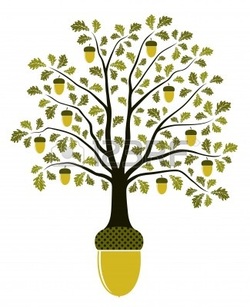 Last week, we finally began my lesson originally planned for 2/3/14, which we never got to because of canceled classes due to weather, and regarding the class before this one (see above), the students went on a very productive tangent about friendship. The lesson plan entailed the concepts of becoming; defining a fact; separating fact from opinion; using evidence to establish facts; and understanding. We only scratched the surface of the concept of becoming, and a very nice dialogue ensued. The idea of our potential being a part of who we are in the present arose. A student remarked, "If you aspire to be something in the future, that intention defines who you are now." A second student countered that by saying, "If the thinking process is linear, then we do not become. We can only be at a certain point at a certain time." So, I offered the standard example about potential by asking if the oak tree exists within the acorn. The second student said, "No -- an acorn is an acorn and an oak tree is an oak tree." Another student countered by saying that the situation is an evolving one. She said, "The acorn and the oak tree have the same identity. The oak tree is within the acorn and the acorn is within the oak tree. The acorn is the oak tree's past." [Note: within Buddhist thinking, this concept is referred to as interconcentric connectedness. The center of everything is in the center of everything else.] Then playing off this idea, the second student replied, "Every acorn is the potential for all future oak trees." Picking up on this statement, another said, "Babies are the same way. The adult has some of the baby within her. You are your parents." Adding to that, another concluded, "You are becoming an adult before you are born." We will pick up this train of thought when we reconvene on Monday, 2/24/14. Can't wait to see where it all leads! with Jayne Besjak A "No Fallacy" Zone!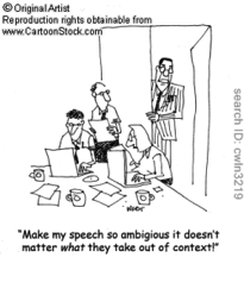 We began class this week with an introduction to logical fallacies. These are errors in reasoning which students should learn to recognize and avoid in their own writing because they mislead the reader and weaken the argument. Specifically, we focused our attention on identifying fallacies of definition, including circularity, vagueness, and ambiguity (equivocation and amphiboly). With the use of some rather humorous examples, students were able to identify these errors in the use of logic and grammar that can lead to unclear expression. We will continue to identify various categories of fallacies as we progress through the semester, with the goal of becoming more astute at recognizing these in our everyday lives. Students then paired up and exchanged homework assignments to review. I asked them to provide comments on how effectively and thoroughly they felt their classmates were able to define the words I had assigned, keeping in mind the definition fallacies we just discussed. The word choices included: freedom, integrity, education. Significant concepts! I polled the students to determine how many found this definition exercise challenging. The answer – many! Defining your terms adequately can be challenging and feel somewhat elusive. However, it is a crucial first step in crafting a convincing argument for your audience. We will continue to practice and hone our skills in this area. Thesis Statements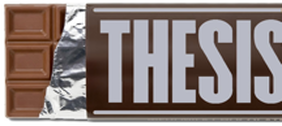 We then turned our attention to developing sound thesis statements. A strong thesis statement will clearly assert your claim and provide the overall structure for your argument. We looked at a number of example thesis statements to determine if they met the four required criteria:
HomeworkFor homework I have asked students to develop three thesis statements on three separate topics of interest to them. I have encouraged students not to simply google “persuasive writing topics” to identify an academic topic but rather to choose a subject they have a personal connection to or strong interest in. Answer these questions about yourself – What do I like? What frustrates me? What are my hobbies? What issues are relevant in my family or community? Your persuasive essays will be stronger and more convincing if you have a true vested interest in what you are arguing for!
Next week we will break into groups and brainstorm these thesis topics with the goal of helping students identify a topic for their first persuasive essay. with Sally Zeiner Physics...It's in their nature!These students are natural scientists! They love experimenting and recording the results. You can see that our physics class got a lot of work done this week - work squeezing marshmallows and bananas. Did you know the more an object changes shape the more work has been done? We used the energy from our bodies to exert force on the banana and marshmallow and get that work done.
with Leigh Ann Yoder Engineering Teamwork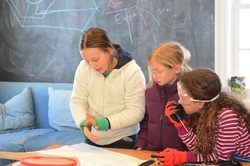 We began class with our homework discussion. Each student shared a different invention from the past 30 years and had validating reasons. Well done! We also briefly discussed our new found knowledge of Alfred Hitchcock. The class will be researching a new and interesting engineer every week. I also briefly outlined their semester project which will culminate with a presentation during our last class. Next week they will receive explicit details and requirements. For now, I only explained that the project will be focused around one engineering field and will consist of a trifold board, a two to five minute presentation, and a demonstration or hands-on project. Each week the students will be given assignments that will pertain to this project, and if they do the weekly assignments they will not be overwhelmed. 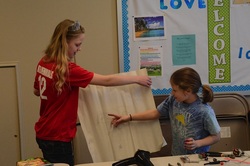 Next, our focus was on a major component of the Young Inventors class - team work. The goal is for every student to work well with every other student. Many weeks we will do specific team building activities to (1) instill the importance of team work, and (2) help facilitate positive group skills. This week we started with a very simple team building activity. The students were asked to line up in order of their birth dates. The only rule was that they could not speak or use their mouths in any way. They had lots of fun and were successful, although at times they couldn't resist mouthing words. How does it work?We then continued our Take-Apart project. In the end we took apart a phone, a remote control, a blow dryer, an electric scale and a DVD player. Each team was required to do a quick sketch of their item and prepare a brief presentation. The focus was to identify how the appliance worked and to follow the power source. During the presentations we were able to have mini break-out discussions on a variety of topics including electromagnets and motors (a wonderful tie-in to The Story of Inventions), conductors and non-conducting materials, switches, gears, weight distribution, and circuit boards. Many of the students asked to continue Take-Apart next week, but we have so many more wonderful activities to get to. I encourage the students to take things apart at home -- with their parents' approval, of course! If your child is interested in this, I highly recommend the book The New Way Things Work by David Macaulay. I had planned to bring it out in class and go over in more detail some of their components, but we ran out of time. I will keep next week's topic a secret, but I promise it will be fun and exciting! Homework for next week:
with Kim Rodgers A Home for Mesopotamians Ancient Mesopotamian architecture was the topic of discussion for our class this week. The students were asked what they would build a house from if they lived in a land with few trees and very little stone. They remembered rivers were nearby and, because of that, water was available. Mud! They shared what they knew about brick-making and how walls and floors made of mud bricks would feel on the inside to those who might need some cooling off in that kind of climate. Houses were built around a common courtyard, where families cooked, rested, and worked together. The roofless courtyard kept the building cool, along with the mud-brick walls. After building a model together out of blocks, the students worked individually, or in a group, to make their own. Three students opted for making one out of Legos, while the others each made their own model out of clay. It was amazing how much thought went into their work, with the group of three going into detail with each other as they decided what to put where. The students working with clay added pots filled with grain and dried beans for their storehouses, made ovens for cooking, and added a bed with the thought that the Mesopotamians probably added some kind of soft covering to sleep comfortably. Some questions arose that I told the students they could look into for homework this week and share with the class next week. Did the Mesopotamians have bathrooms included in the home or were they outside? This was the cause for quite a discussion! Also, what did they use as a knife to prepare their food? How did they make the knife? Please ask your child what they would like to find out and help them navigate the information on-line or in any resource books you might have at home. While they were finishing up their work we talked about the Epic of Gilgamesh, which is one of the oldest fairy tales. We read the first book, called Gilgamesh the King, but stopped shy of reading the ending. Students worked in groups to come up with an ending of their own before we read the actual ending next week. Unfortunately we ran out of time, but students have some good ideas to pursue when we pick up next week.
This is such a great group of kids. They are interested, engaged, and thoughtful. A true joy! See you next week when we’ll talk about how clothing was made, maybe getting to do some weaving ourselves...if there’s time! |
Categories
All
Archives
May 2016
|

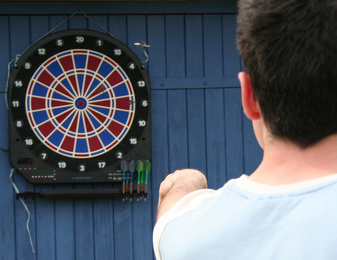

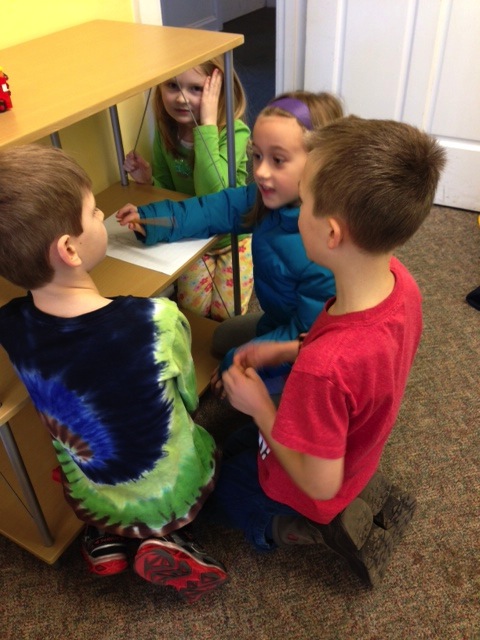
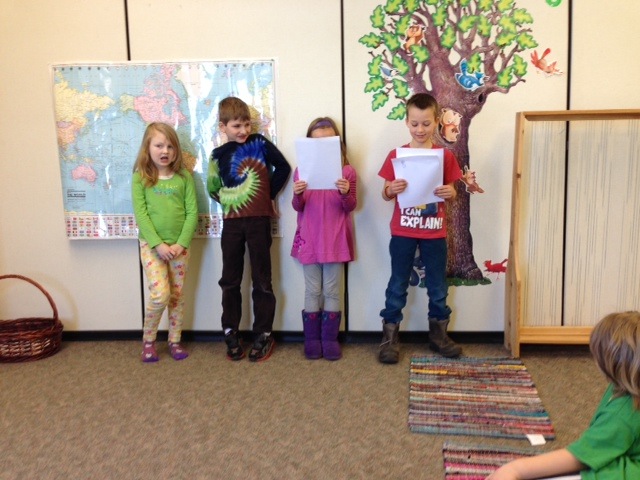
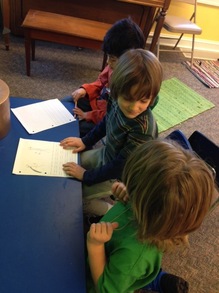
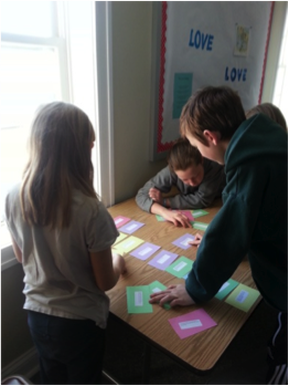
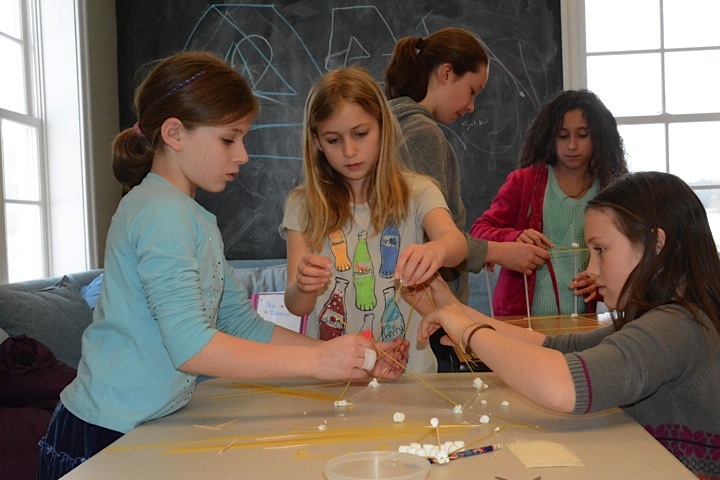
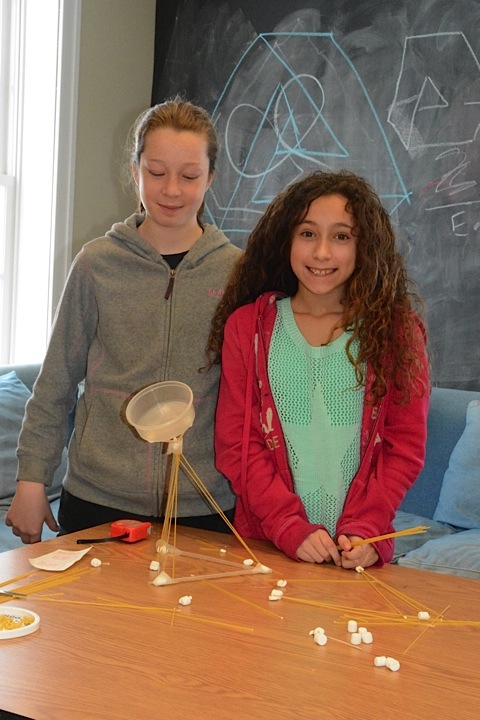
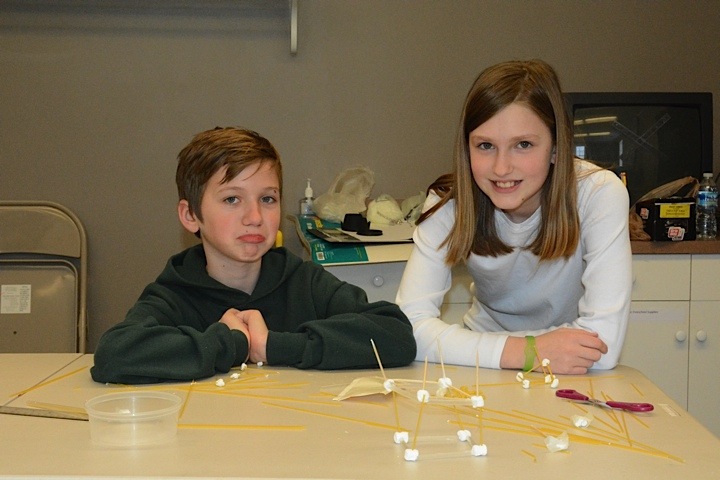
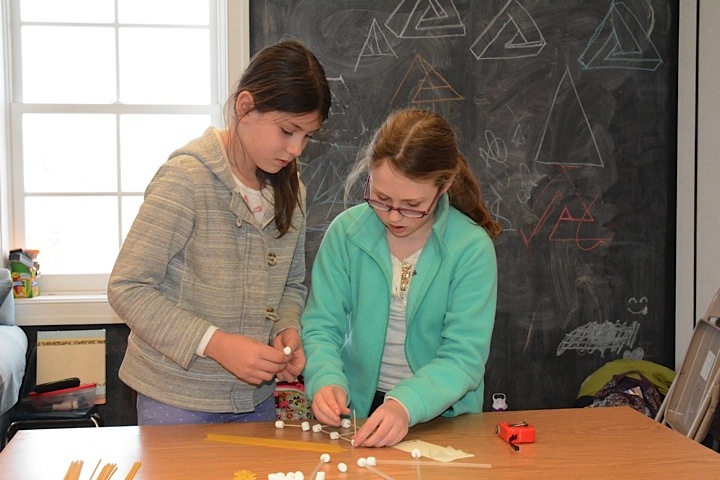
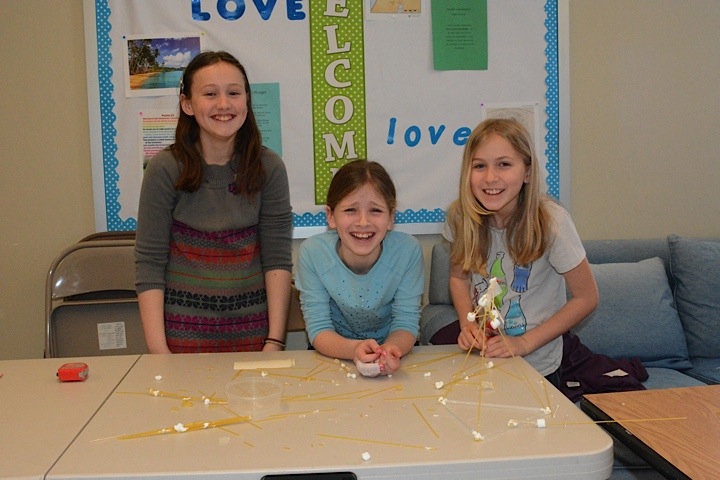
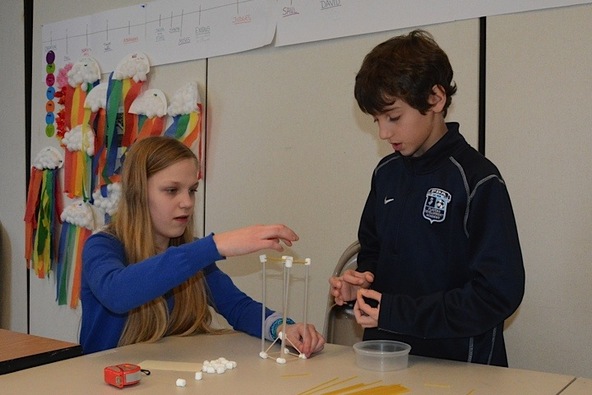
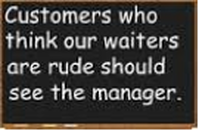
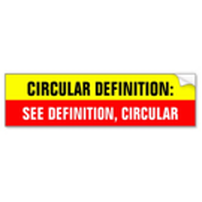
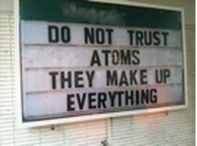
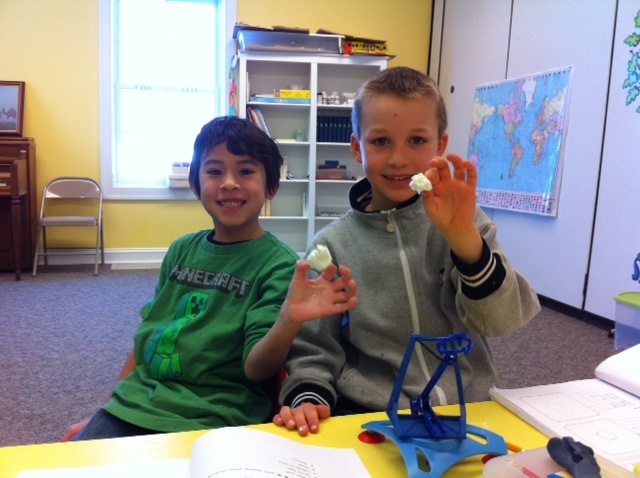
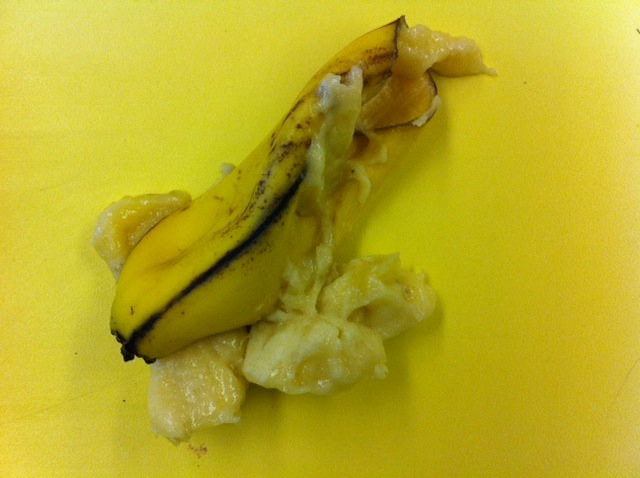
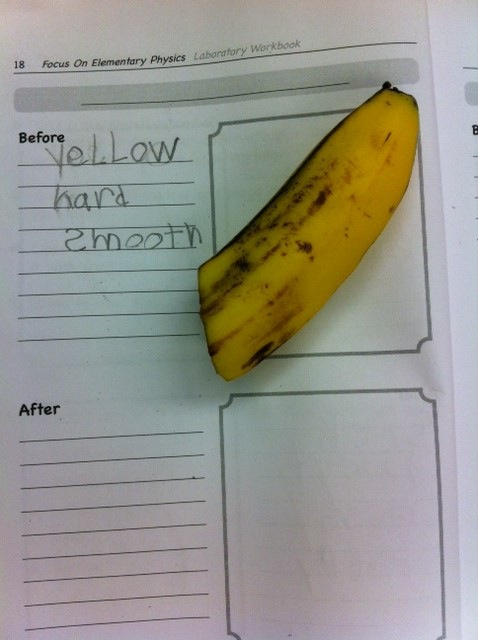
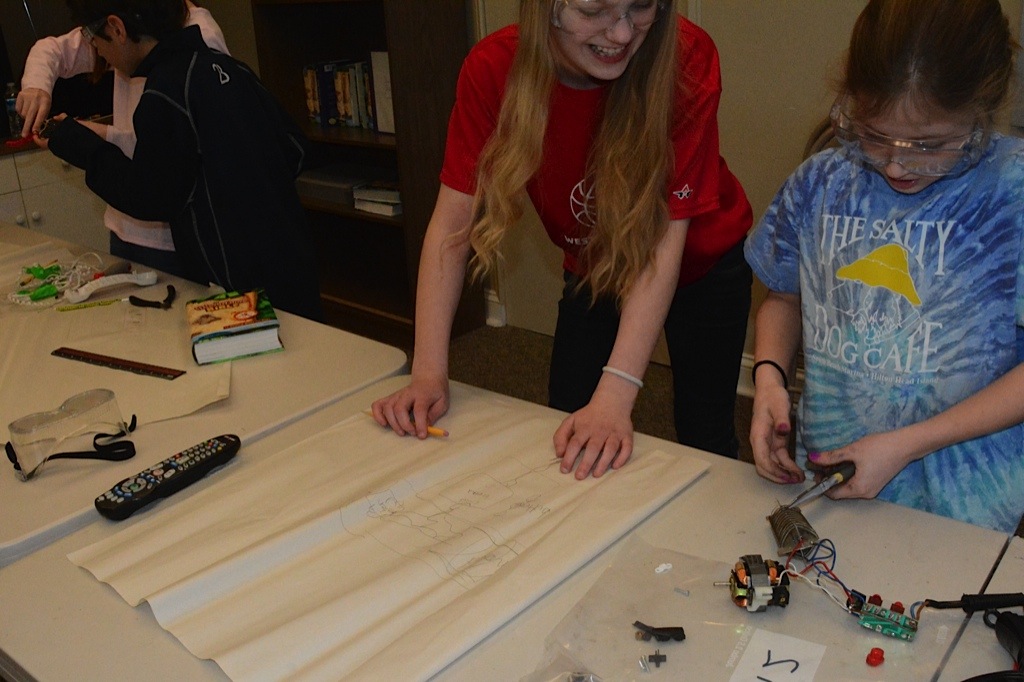
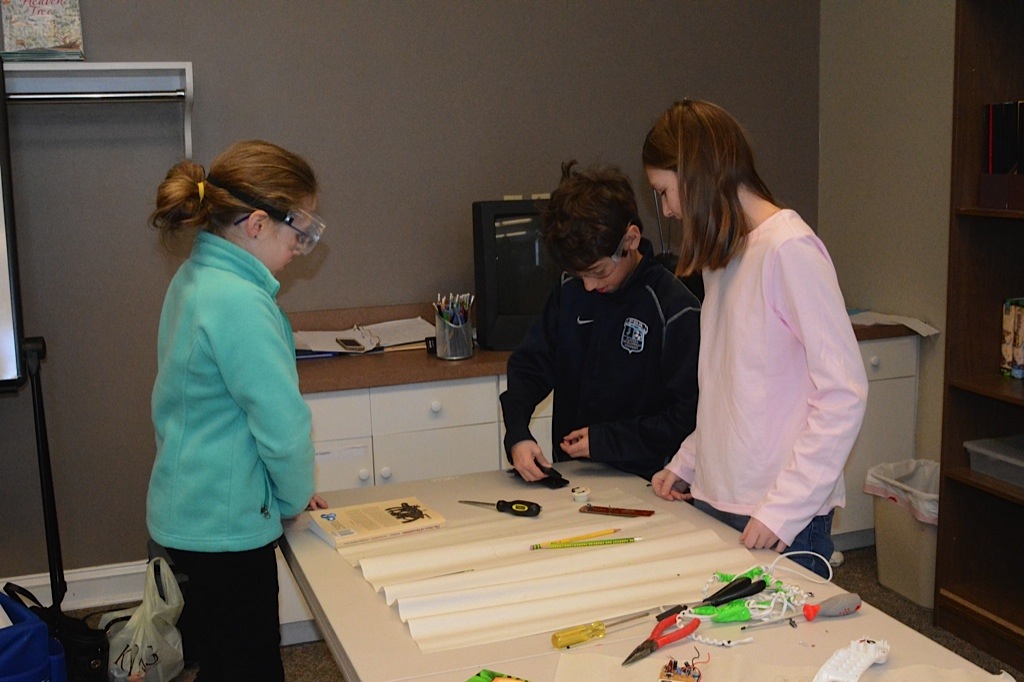
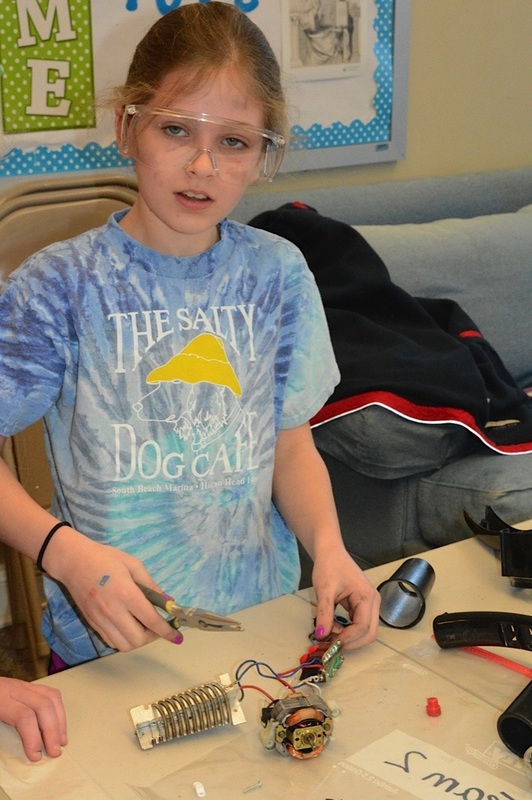
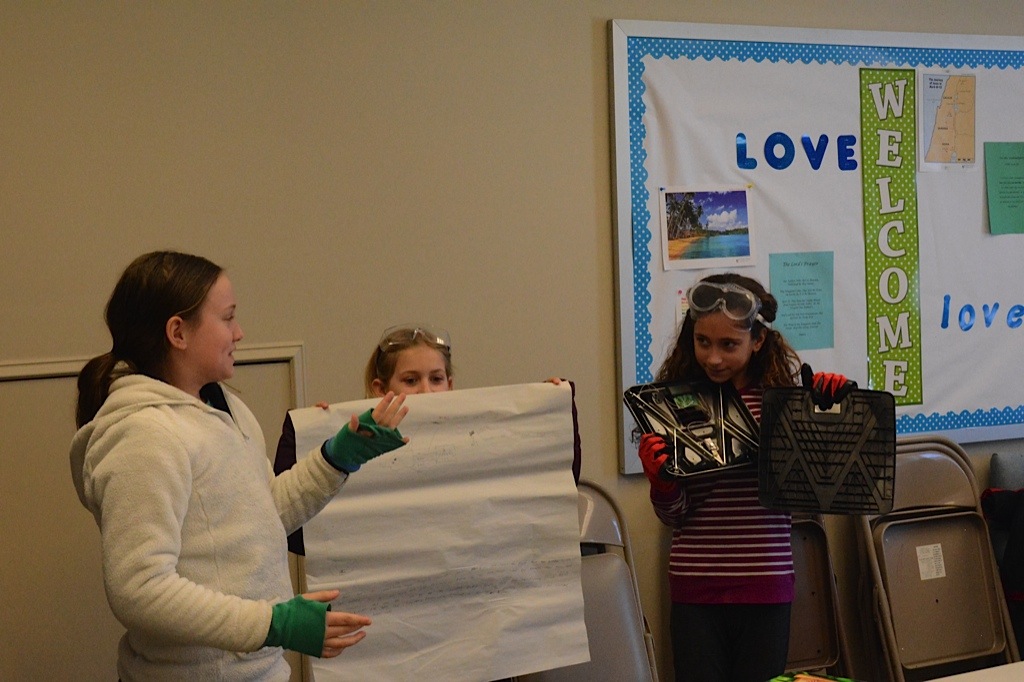
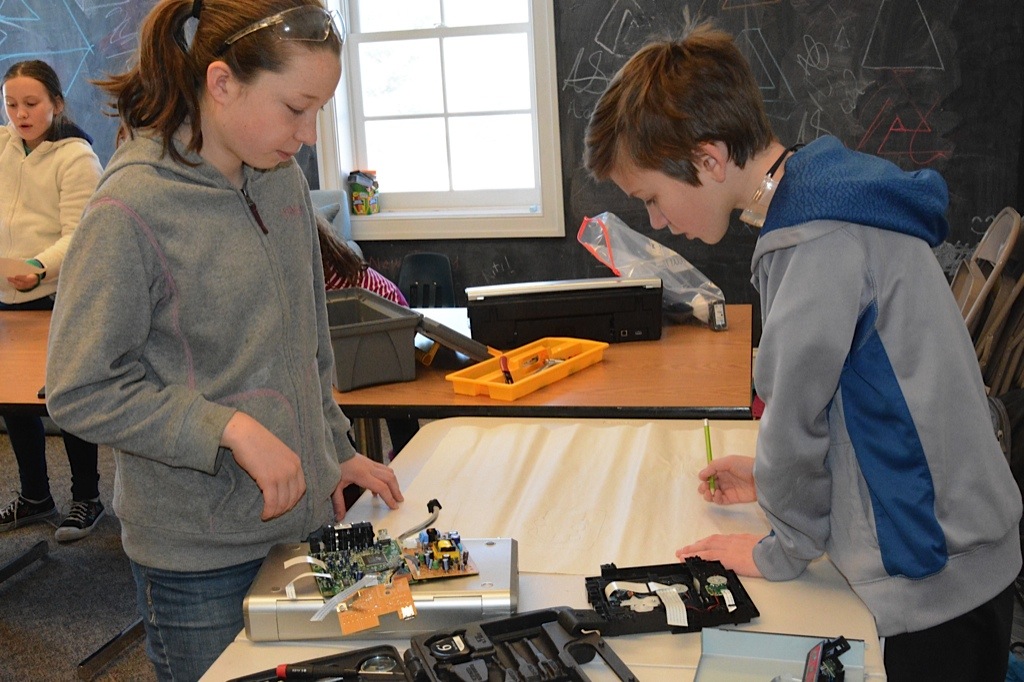
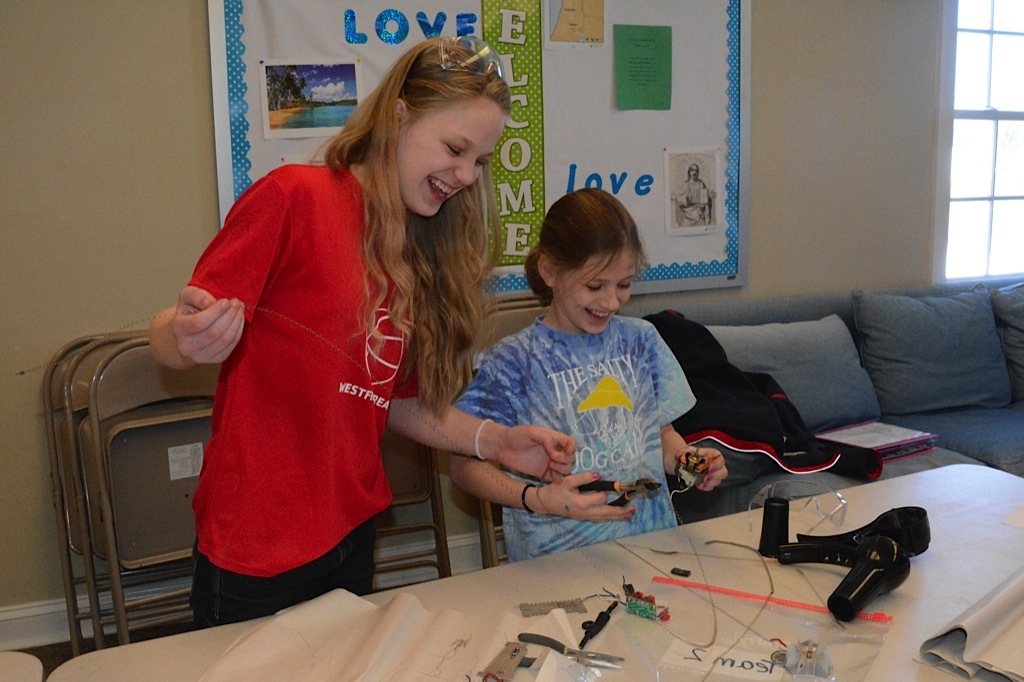
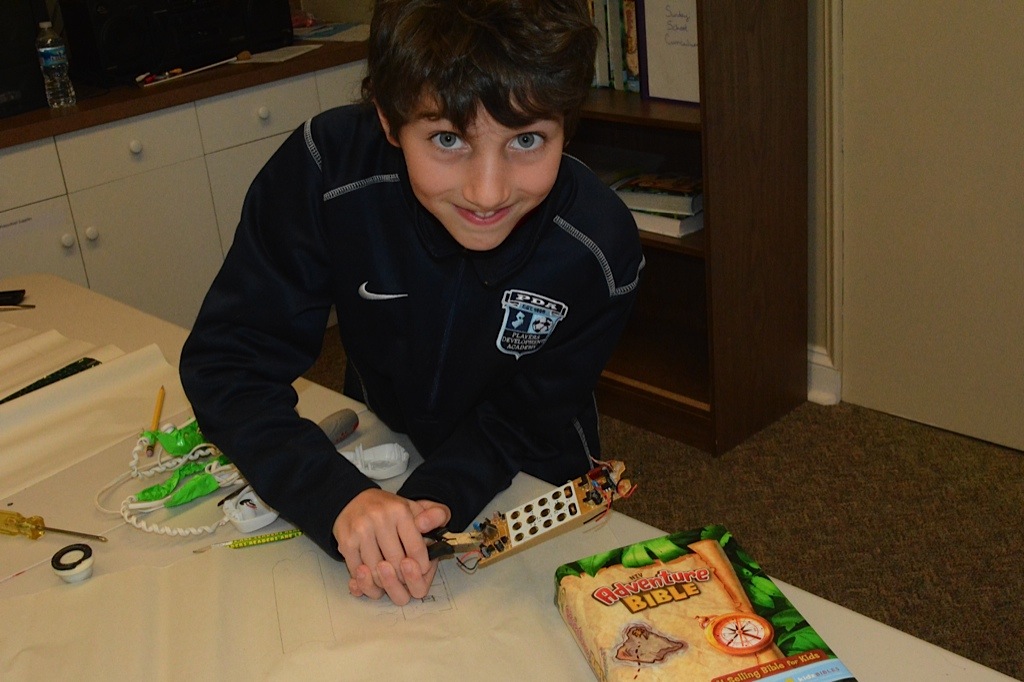
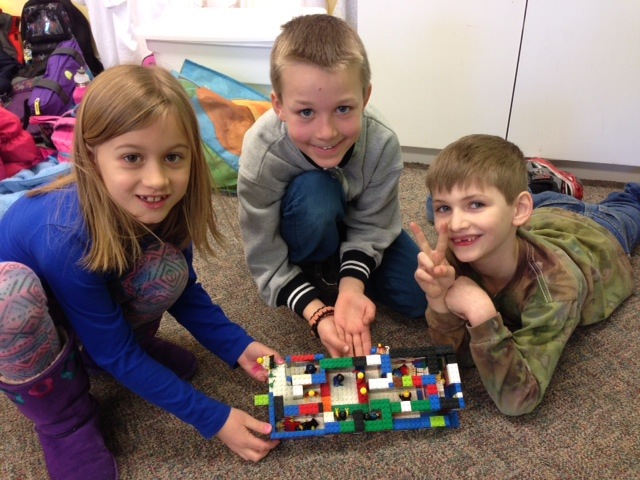
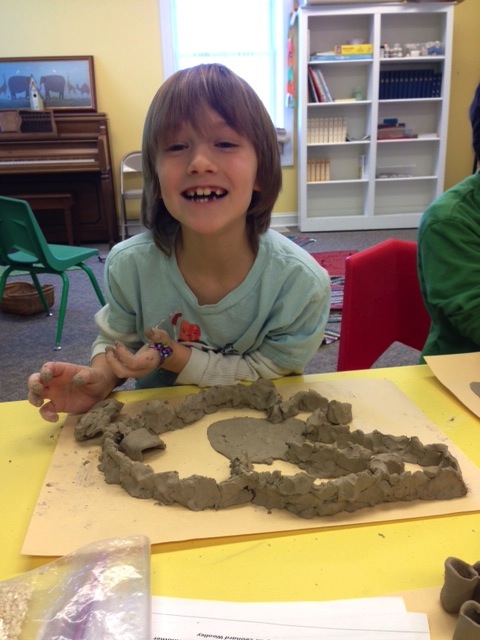
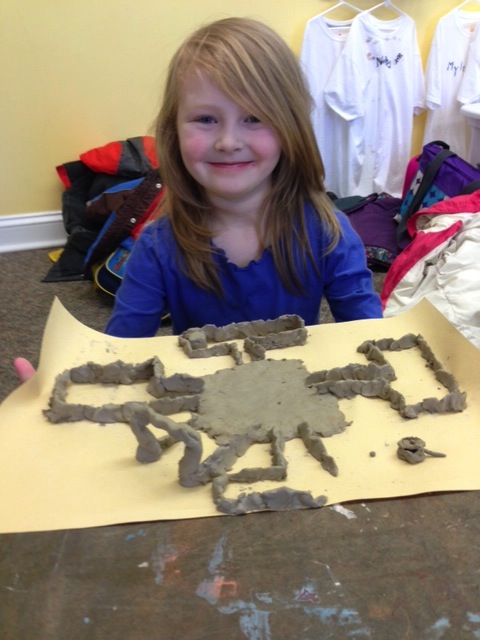
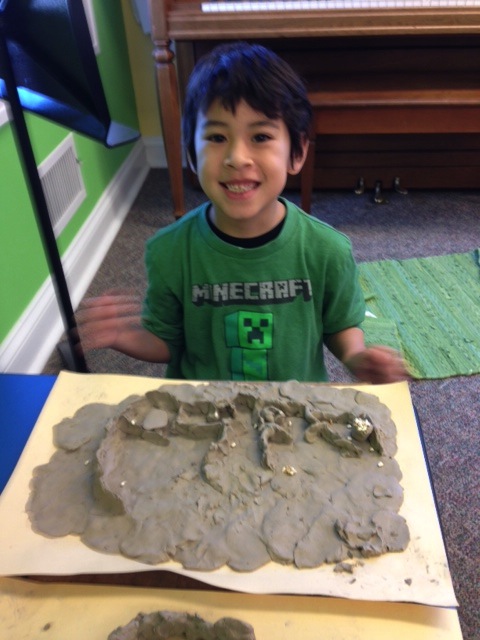
 RSS Feed
RSS Feed